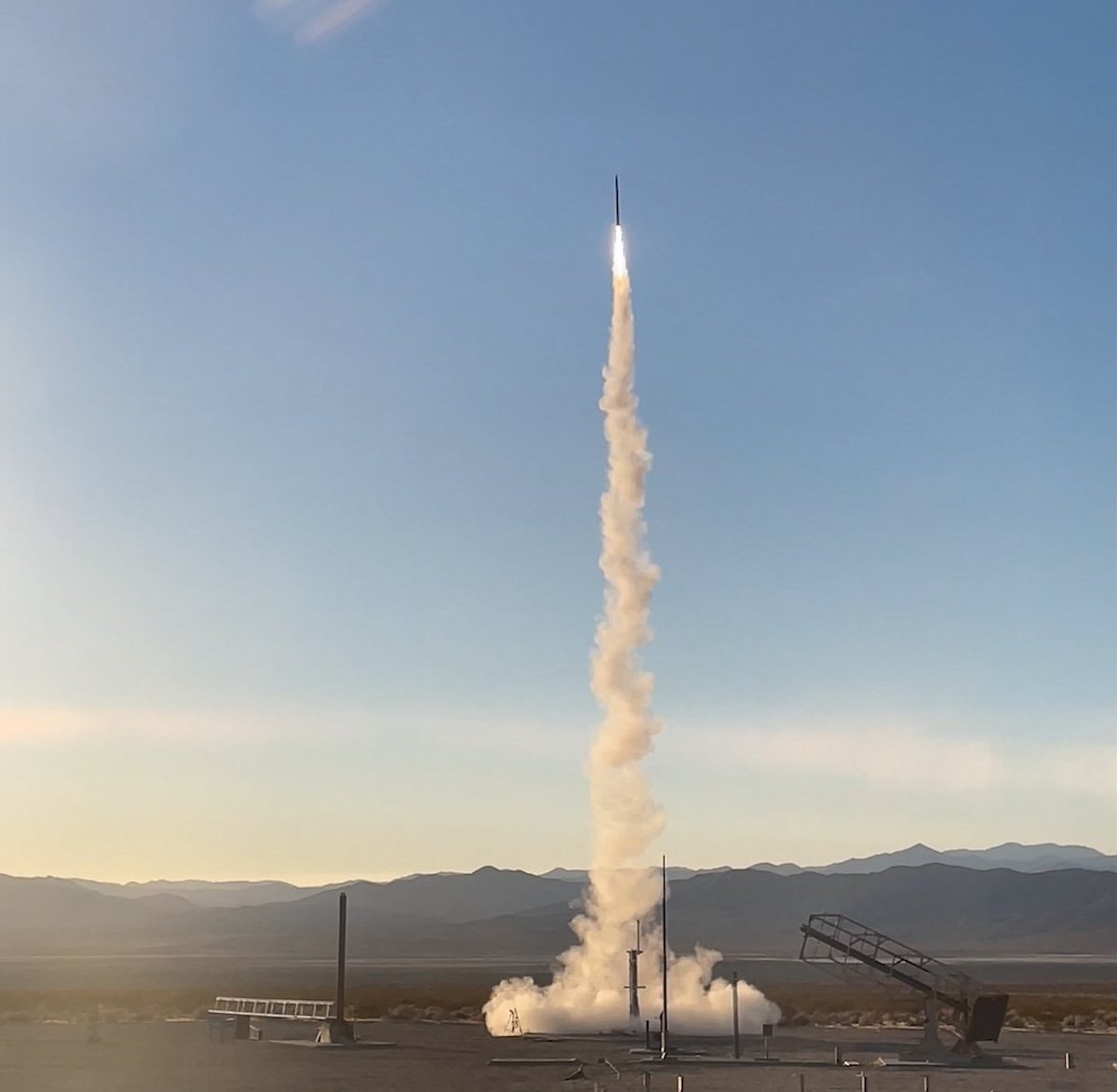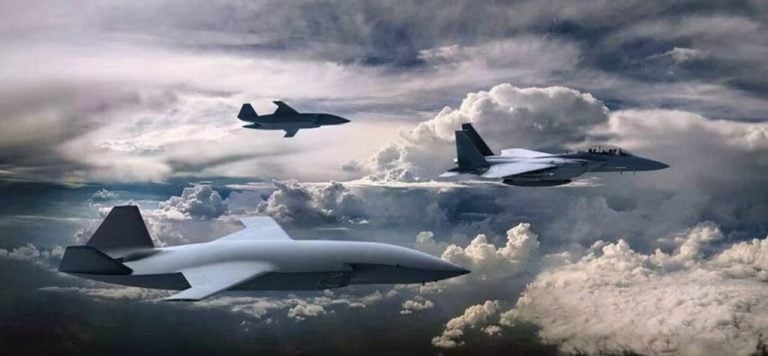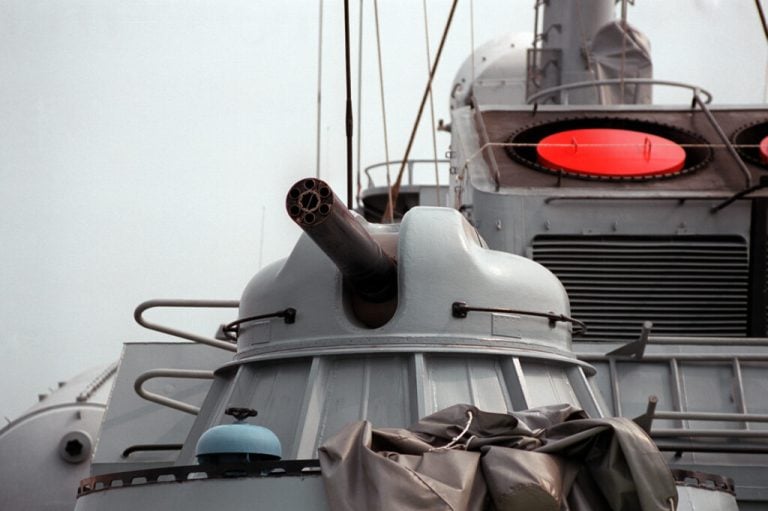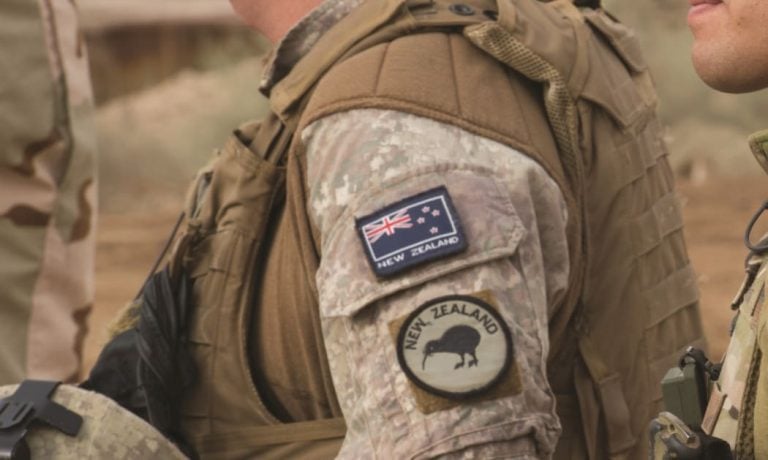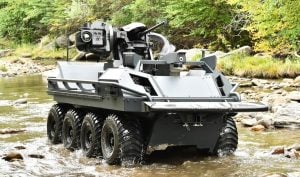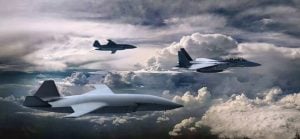Raytheon and Northrop Grumman have achieved a significant milestone in the development of the US Army’s Next-Generation Short-Range Interceptor (NGSRI), designed to replace the venerable Stinger missile. The recent successful testing of solid rocket motors marks a key advancement in this cutting-edge air defense system, and it is being hailed as a potential game-changer for military operations.
The solid rocket motors tested employ a Highly Loaded Grain (HLG) solid propellant. This advanced propellant burns longer and produces more energy than traditional rocket motors, which enhances the interceptor’s capabilities. The NGSRI can be launched from various platforms, including tripods, vehicles, or even shoulder-mounted configurations, allowing for greater tactical flexibility in the field. As a result, the missile can cover greater distances and engage aerial threats with increased speed.
A total of four test rounds were conducted, culminating in a rigorous final test that included three static firings under varied environmental conditions, along with a ballistic flight demonstration. The tests proved successful and paved the way for additional flight evaluations planned for the upcoming months.
The HLG propellant was developed at Northrop Grumman’s Allegany Ballistics Laboratory in West Virginia, and its readiness for demonstration was accomplished in a notably swift timeframe of just five months. Frank DeMauro, Northrop’s Vice President and General Manager of Weapons Systems, underscored the rapid progress made in the development of this critical component.
Tom Laliberty, President of Land and Air Defense Systems at Raytheon, highlighted the successful tests as evidence of the company’s capability to fast-track the development of this advanced air defense system. He pointed out that the NGSRI is designed to counter a range of airborne threats and operates at far greater ranges than older legacy systems.
In a related announcement, Raytheon confirmed the successful completion of testing for various elements of the NGSRI, including its advanced seeker technology, flight rocket motor, command launch assembly suitable for man-portable operations, and the warhead. This comprehensive testing phase is essential in ensuring the effectiveness and reliability of the NGSRI, which is positioned as a critical asset for modern military air defense.
As the program moves forward with further testing and development, the NGSRI is poised to enhance the US Army’s capabilities in countering increasingly sophisticated aerial threats in a rapidly evolving battlefield environment.
